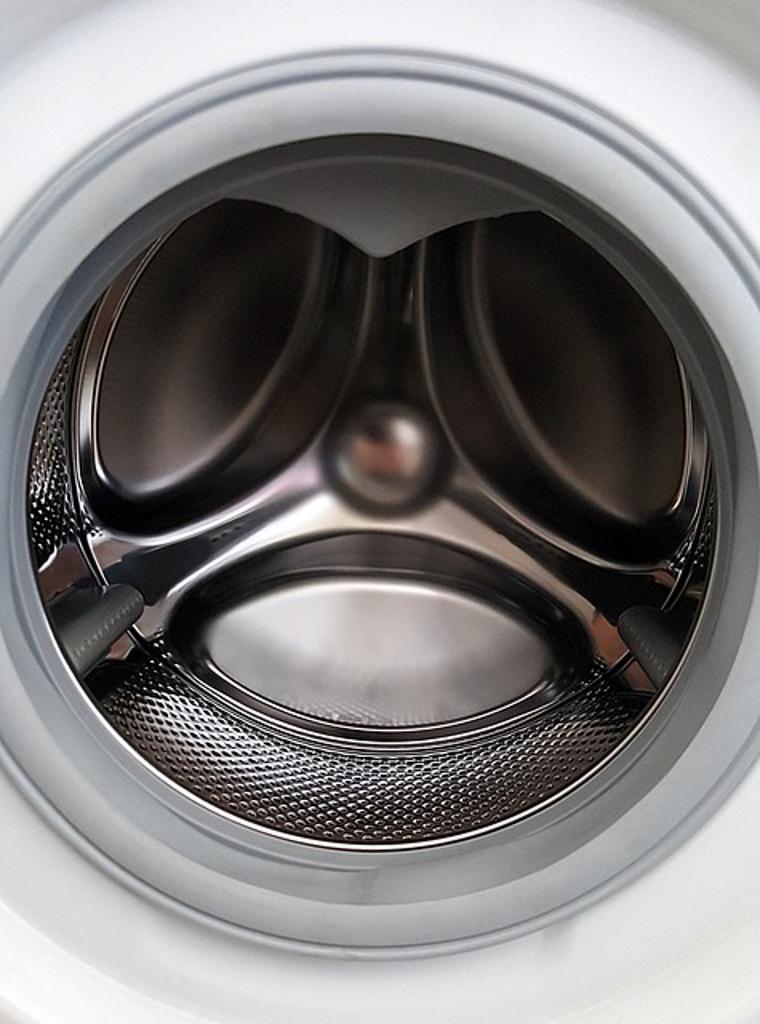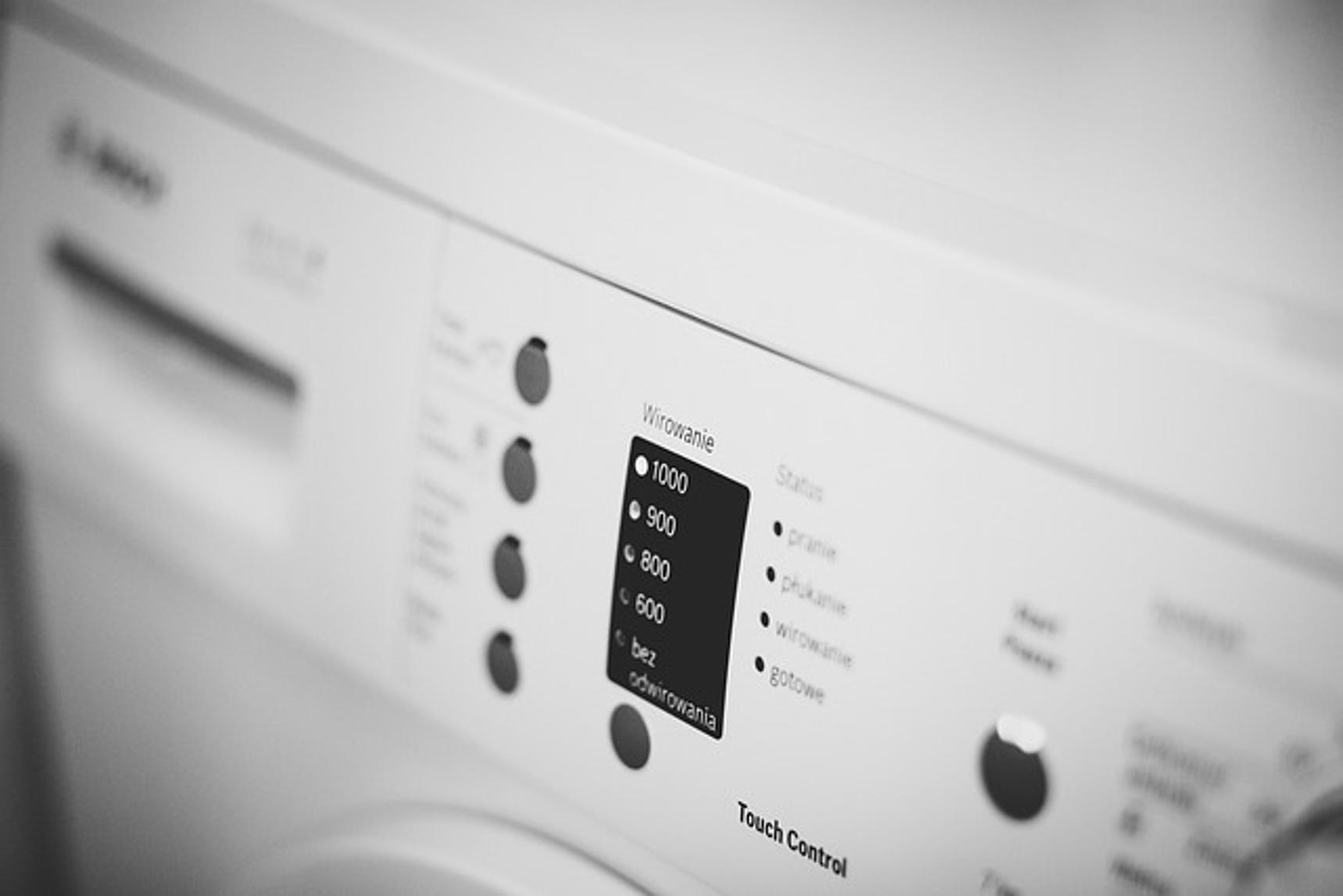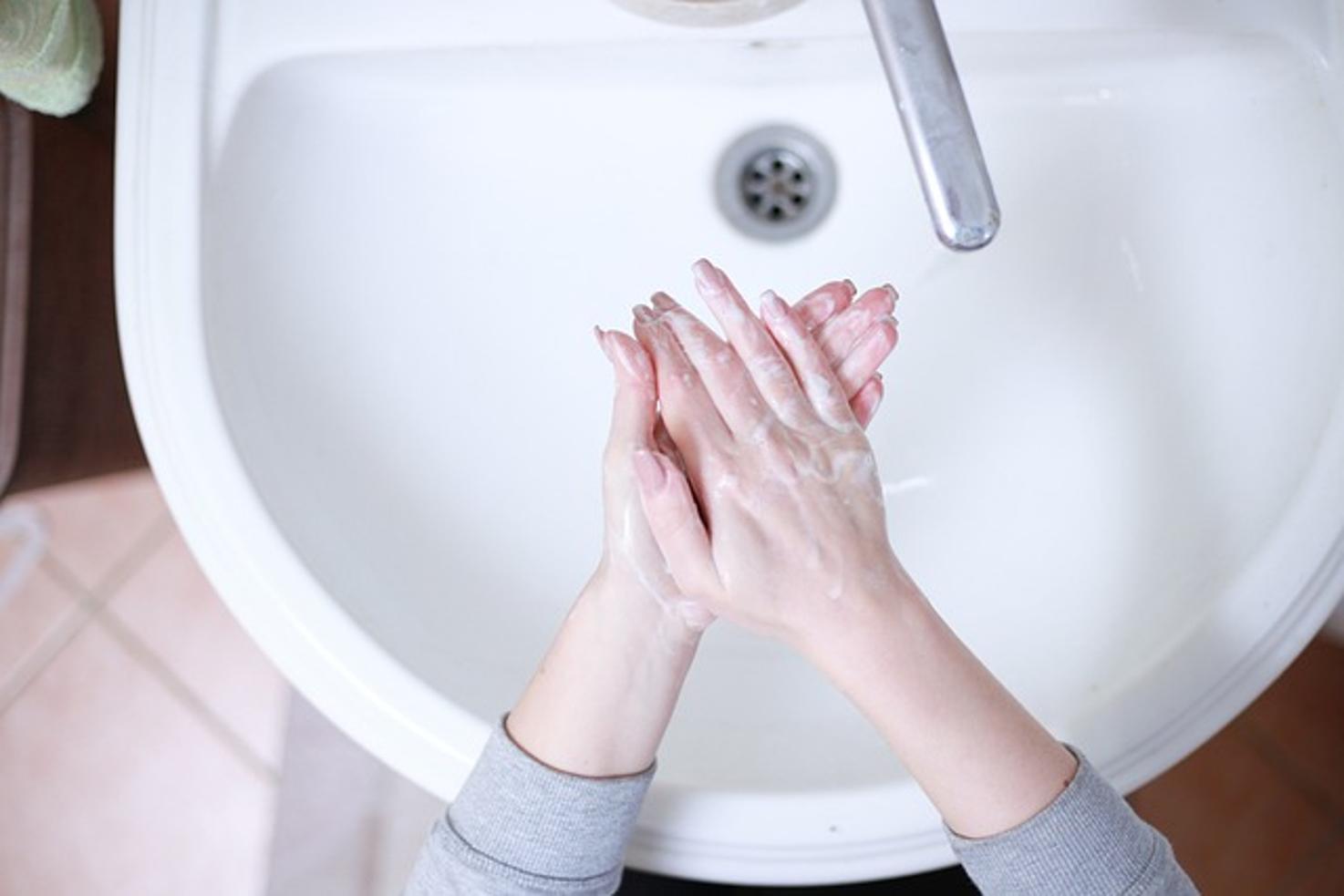Introduction
Keeping your washing machine clean is essential for efficient operation and maintaining the fresh scent of your laundry. Over time, detergent residue, dirt, and mildew can accumulate in your machine, leading to unpleasant smells and a decrease in performance. Regular cleaning can not only extend the lifespan of your washing machine but also provide better cleaning results for your clothes.

Signs Your Washing Machine Needs Cleaning
Several indicators can alert you that your washing machine requires cleaning. If you notice an unpleasant odor coming from the drum, it’s a likely sign of mildew or detergent buildup. Similarly, if your clothes don’t come out as clean as they used to, a dirty washing machine might be to blame. Additionally, visible mold on the gasket or around the door, or a wash cycle that takes longer than usual, are strong signs that it’s time to give your washing machine a good clean.

Supplies You’ll Need
Before starting the cleaning process, gather the following supplies:
– White vinegar
– Baking soda
– A soft cloth or sponge
– A toothbrush
– A small bowl
– Dish soap
– A small brush or an old toothbrush
Step-by-Step Guide to Cleaning Your Washing Machine
Pre-Cleaning Preparations
- Unplug the washing machine to ensure safety while cleaning.
- Open the door and let the drum air out for a few minutes.
- Remove any clothing or laundry that might be in the machine.
Cleaning the Drum
After completing the pre-cleaning steps, it’s time to focus on cleaning the drum. A clean drum ensures that your laundry remains fresh and free of unpleasant odors.
- Run a wash cycle with white vinegar: Pour two cups of white vinegar into the detergent dispenser and run a hot water cycle. The vinegar will help break down any soap scum or mildew that’s built up inside the drum.
- Add baking soda: After the vinegar cycle is complete, sprinkle a cup of baking soda directly into the drum. Run another hot water cycle. This will help deodorize and further clean the interior.
- Wipe the drum: Use a soft cloth or sponge to wipe down the entire interior of the drum, ensuring you reach all corners and crevices.
Cleaning the Detergent Drawer and Filter
After the drum is clean, don’t forget the detergent drawer and filter. These areas can also accumulate detergent residue and mildew, which can affect the washer’s performance.
- Remove the detergent drawer: Take out the drawer and soak it in a bowl filled with hot water and dish soap. Let it soak for 15 minutes.
- Scrub the drawer: Use a small brush or an old toothbrush to scrub any remaining residue or mold from the drawer. Rinse thoroughly and dry it before placing it back.
- Clean the filter: Locate the filter, usually at the bottom front of the machine. Remove it carefully and clean it under running water. Shake out any debris and replace it securely.
Cleaning the Gasket and Door
Having cleaned the interior and filter, moving on to the gasket and door is the next critical step. Cleaning these areas ensures additional mold and mildew are removed.
- Inspect the gasket: Check the rubber gasket around the door for any mold or debris.
- Clean the gasket: Use a solution of equal parts water and white vinegar to wipe down the gasket. A toothbrush can help remove any stubborn mold or residue.
- Clean the door: Wipe down the inside of the door with the same vinegar mixture and a soft cloth or sponge.
Running a Maintenance Cycle
After meticulous cleaning, it’s essential to run a maintenance cycle to ensure complete cleanliness.
- Final rinse cycle: Run one last hot water cycle without any cleaning agents. This final rinse helps remove any remaining cleaning solution and further cleans the drum.
- Leave the door open: Ensure to leave the washing machine door open after the final cycle to let it air dry completely, preventing mold and mildew.
Tips for Maintaining a Clean Washing Machine
Maintaining the cleanliness of your washing machine requires consistent effort. Implement the following tips to keep your machine in top-notch condition:
- Use the right detergent: Use detergents designed for high-efficiency machines, as they produce fewer suds and leave less residue.
- Leave the door open: After each wash, leave the door slightly open to allow air to circulate and prevent moisture buildup.
- Clean regularly: Aim to clean your washing machine at least once a month to maintain optimal performance and prevent odors.

Common Mistakes to Avoid
Avoiding common mistakes can save you time and effort in keeping your washing machine clean and functional:
- Using too much detergent: Excess detergent can lead to buildup and residue, which contributes to mold growth.
- Ignoring maintenance cycles: Skipping regular cleaning cycles can result in poor machine performance and unpleasant odors.
- Not drying the gasket and door: Moisture around the gasket and door can lead to mold growth. Always wipe them dry after use.
Conclusion
Regular cleaning of your washing machine ensures it runs efficiently and keeps your laundry smelling fresh. By following these steps and tips, you can maintain a clean, well-functioning washing machine. Remember, a little maintenance can go a long way in extending the life of your appliance and enhancing its performance.
Frequently Asked Questions
How often should I clean my washing machine?
Ideally, you should clean your washing machine once a month to prevent buildup of detergent, dirt, and mildew.
Can I use bleach instead of vinegar to clean my washing machine?
Yes, you can use bleach as an alternative to vinegar. However, be mindful that bleach is a stronger chemical and should be used sparingly.
What should I do if my washing machine still smells after cleaning?
If your washing machine still smells after cleaning, check for hidden mildew or residue in the gasket, detergent drawer, or filter. Additionally, running an extra cleaning cycle with baking soda and hot water can help eliminate persistent odors.
